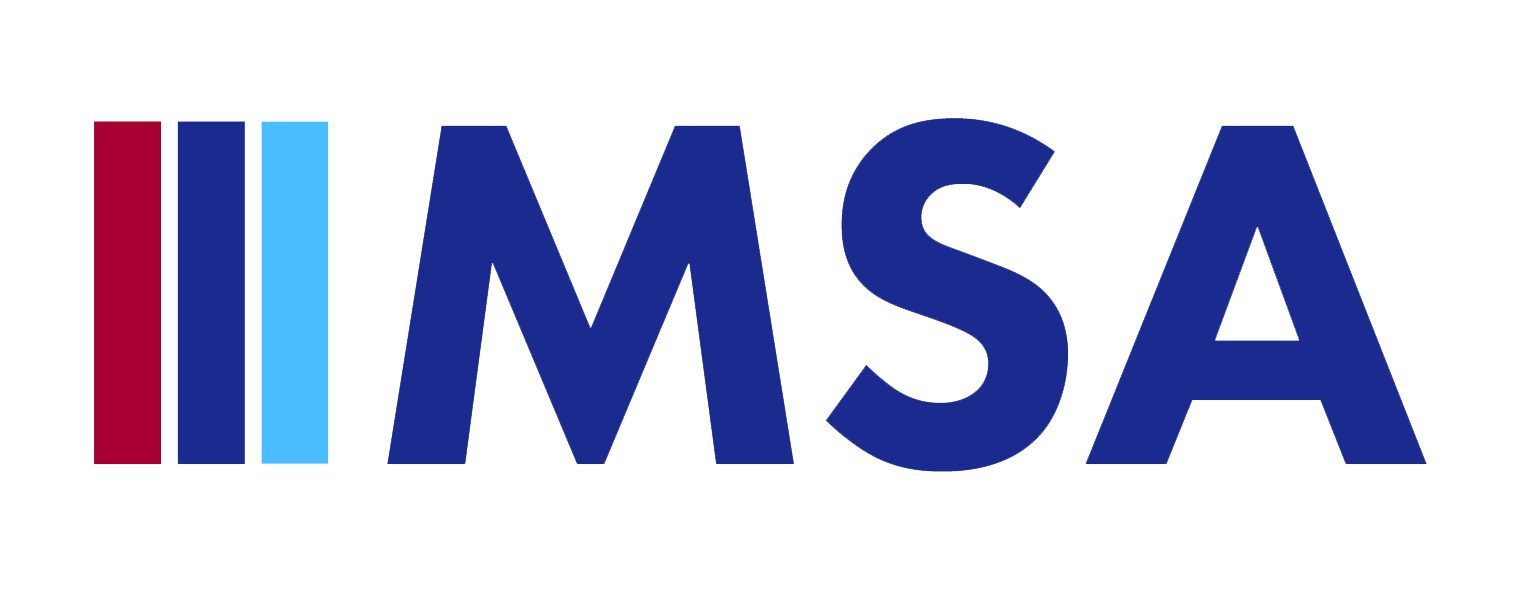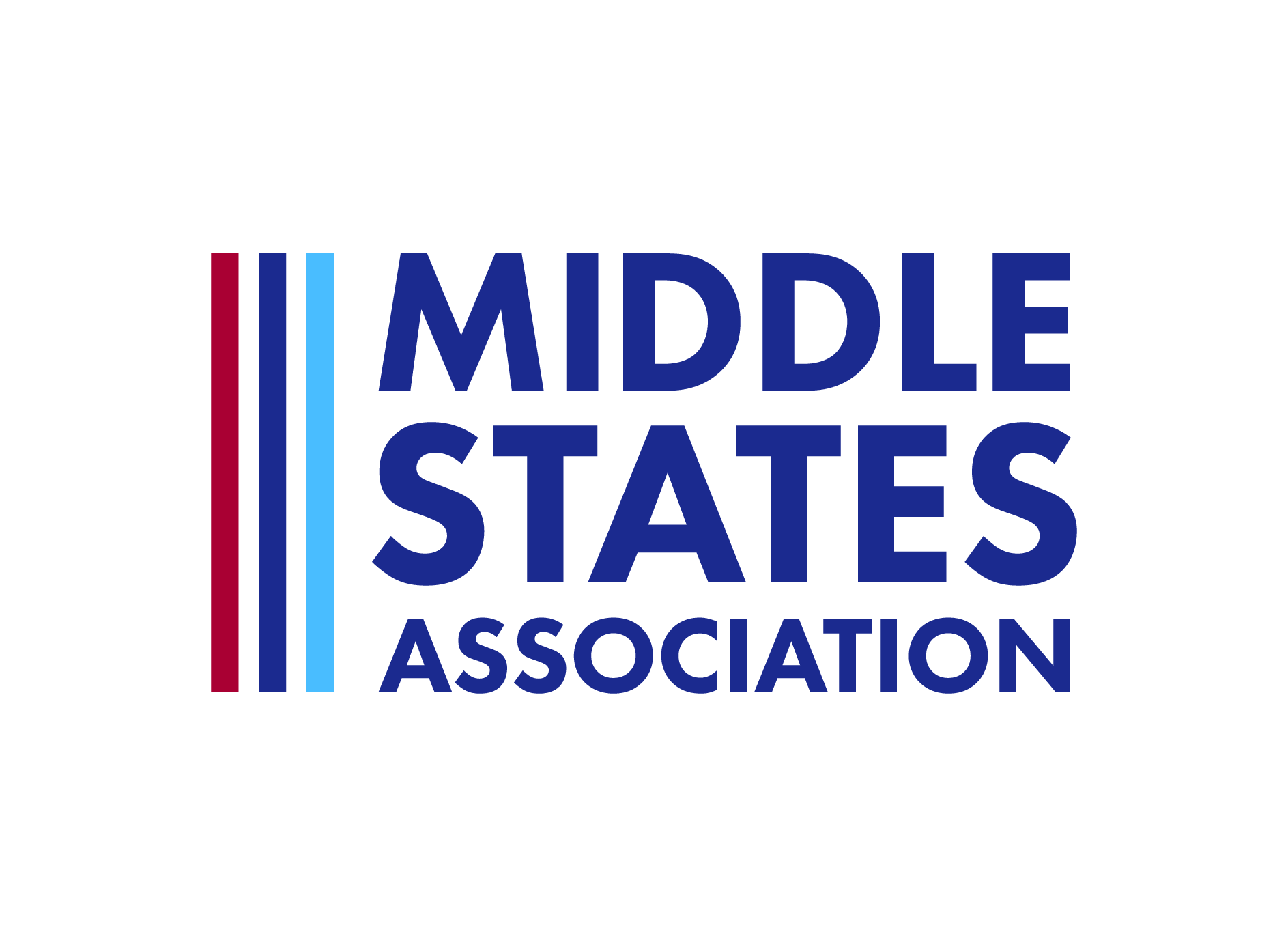By Carol DeFuria
When the pandemic began in 2020, many traditional schools were thrust into the world of remote learning. Not surprisingly, delivering remote learning opportunities for students accustomed to attending school in-person, proved challenging; however, schools that had already been offering remote education prior to the pandemic had a head start in adapting to the public health crisis using online learning programs specifically designed for remote education.
Adapting in-person curriculum for emergency remote learning is not to be confused with online learning models that were designed to be delivered remotely following best practices, and that reflect the online National Standards for Quality. Nonprofit VHS Learning helped develop the original standards for quality online learning that were adopted by the National Education Association (NEA), and in 2019, with other members of the Virtual Learning Leadership Alliance, helped update these standards for online teaching, course, and program excellence.
 Emergency remote learning typically uses a “lecture model” that attempts to duplicate a teacher’s face-to-face teaching (think of students listening to their teacher talk over Zoom). In contrast, high-quality online learning by design puts students at the center of the learning process. Instead of sitting in front of a computer at a designated time for hours a day, students have more freedom to work on assignments, collaborate on group activities, complete authentic, hands-on projects, and become members of an engaging online learning community. Online learning is typically delivered through a learning management system (LMS), is accessible to many different types of learners, and utilizes resources that benefit a variety of learning styles.
Emergency remote learning typically uses a “lecture model” that attempts to duplicate a teacher’s face-to-face teaching (think of students listening to their teacher talk over Zoom). In contrast, high-quality online learning by design puts students at the center of the learning process. Instead of sitting in front of a computer at a designated time for hours a day, students have more freedom to work on assignments, collaborate on group activities, complete authentic, hands-on projects, and become members of an engaging online learning community. Online learning is typically delivered through a learning management system (LMS), is accessible to many different types of learners, and utilizes resources that benefit a variety of learning styles.
Factors to think about when considering an online learning program include:
Type of learning model. How will the courses be conducted? Will the students learn synchronously or through a flexible asynchronous model? Do students complete their coursework independently or in a group? Are the courses paced? Students who are self-motivated and disciplined may find success working at their own pace, but many students benefit from classmate interactions and personalized teacher attention.
Student/teacher ratio. Is the student/teacher ratio small enough for teachers to provide personal feedback, engage students in discussions, and proactively address individual students’ challenges? Or is the teacher simply grading work? Are the online teachers spending most of their time on high-value interactions and deepening student learning or are they focused primarily on remote lectures? Ideally teachers facilitate and encourage group discussions, so students are engaged in their coursework and learning with their peers.
Teacher preparation. Have the teachers received training in online teaching and learning best practices? Online teaching requires different skills than face-to-face teaching. In addition to knowledge of their discipline, online teachers need professional development training to learn to teach most effectively in an online environment.
Offline support. Who will be locally available to monitor student progress and help identify and troubleshoot any problems? The most successful online programs involve a dedicated teacher, as well as a counselor, parent, or mentor who is physically present with the student on a regular basis to help monitor progress, keep students on task, and address any specific issues.
Scheduling. Are courses scheduled in a way that allows students to manage their time effectively and keep up with their course work? Well-designed online courses give students practical guidance and tips on using online resources effectively and safely, to help students stay on track and complete their courses successfully.
Quality online learning can bring educational equity and benefits to students as well as expand educational opportunities. Online learning is different from emergency remote learning; it is carefully-crafted learning using proven best practices, designed to take place remotely. A robust online learning program, when done right, benefits schools, teachers, students, and families. And students develop the independence, critical thinking, and time management skills they need for high school, college, and beyond.
Carol DeFuria is a Middle States Commissioner and President & CEO for VHS Learning, a nonprofit organization providing teacher-led online high school courses to students and schools around the world.

